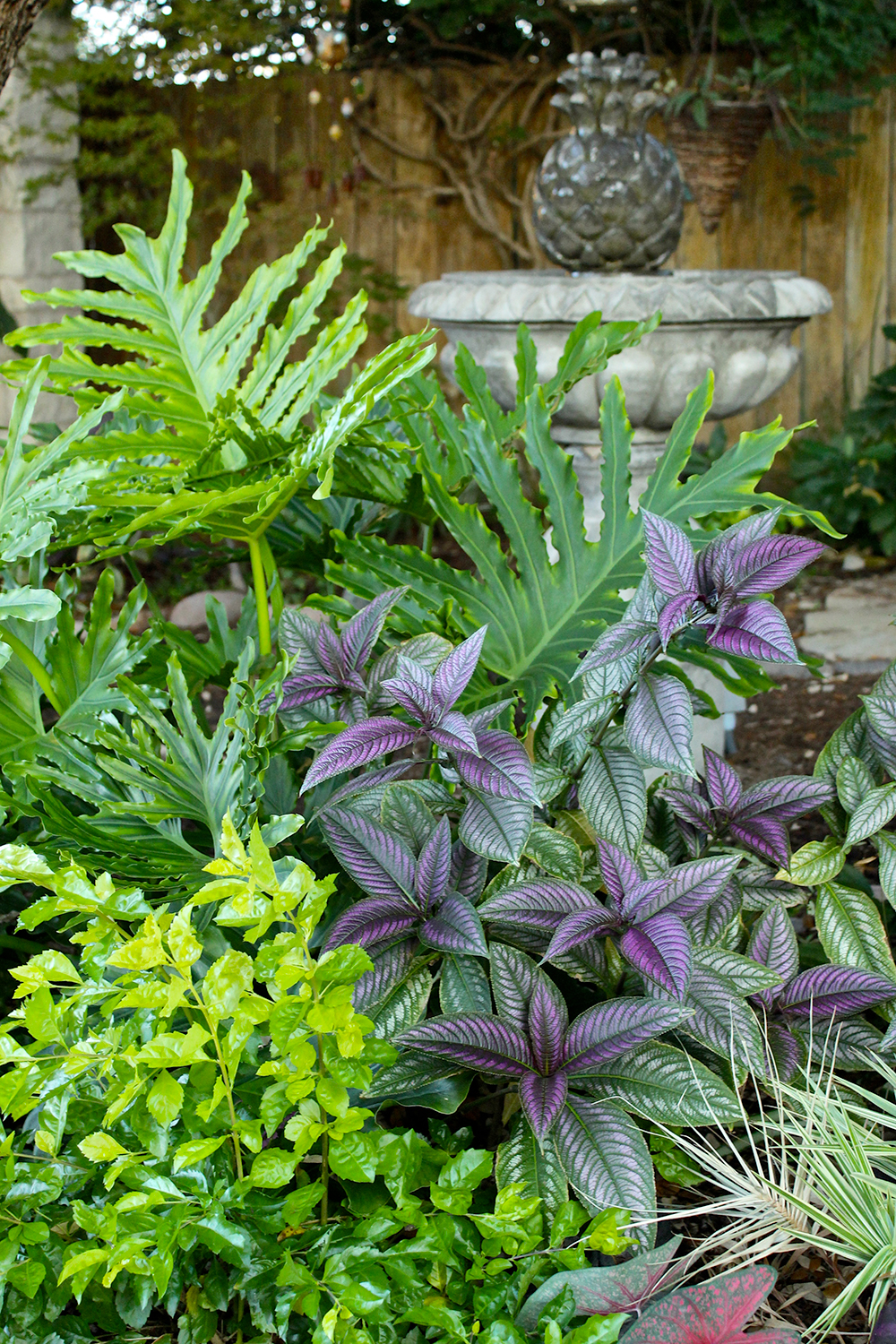Use water-wise tips to create a low-maintenance, beautiful, xeric garden
It’s back. As of last week, we are officially back in drought status. Our unseasonably warm and dry winter (what happened to the wet and cold forecast of El Nino?), means it’s probably time to make some serious changes in your landscape.
Not watering your garden at all isn’t much of an option since everything will die and look awful. Your neighbors will hate you and your home value will tank.
Pouring concrete or removing everything except rocks to cover your whole landscape isn’t much of an option either. But there are many choices short of those two dramatic reactions that can and will work for you if you do your homework.
This is the crux of what we call Xeriscaping. Not “zero” scaping, as some mistakenly call it, but, using xeric plants and water-wise practices to create a landscape that will flourish in our extremely hot and dry conditions.
It doesn’t, however, mean never having to water or care for plants – it means developing a water-efficient landscape through the use of good planning, appropriate plant and lawn selection, efficient irrigation, use of mulch and proper maintenance. I often laughingly tell people, “it’s not carpet!”
So, what are the steps to developing a xeric landscape that will flourish in our extremely hot and dry conditions?
Seven principles of Xeriscaping
There are seven fundamental garden design principles that define that define what we call xeriscaping, water-wise gardening or drought tolerant landscaping. They serve to maximize water conservation through a simple set of steps that are easy to undertake. They include:
- Proper planning
- Soil improvement
- Fitting plant selections
- Practical lawn choices
- Efficient Irrigation
- Correct use of mulch
- Proper maintenance
Plan your space
There are many options for reducing the need for water in your landscape. You can replace lawn with sitting and entertaining space – using paths of mulch, decomposed granite or flagstone, patios of native stone or bricks, wooden decks and gazebos, creating an inviting garden space when combined with planting beds. Dry creeks can be added to meander through your landscape – to address drainage issues or simply for aesthetic use as a textural contrast to plants and mulch. Water features – from ponds to disappearing fountains in ceramic pots can add a focal point and invite wildlife into your garden. Play scapes, hammocks, washer pits and fire pits or chimenarias can also be placed on a variety of hardscape materials in lieu of grass.
Enhance your soil
Whether you’re fighting black clay or limestone outcroppings and caliche, it’s sometimes challenging to garden in Central Texas. Creating raised beds will encourage give your roots something to hold onto in rocky soils and will create better drainage in clay soils.
According to Travis County Extension Agent-Horticulture, Daphne Richards, it’s good to occasionally add organic matter like compost to your soil, but says native plants don’t need a lot of fertilizer.
“Organic matter breaks down slowly, providing nutrients and helping to improve our soil structure as well,” said Richards.
Mulching beds is also important to help insulate plants, keeping soil temperatures lower and cutting down on evaporation. There are a variety of good mulches from which to choose, including: Native Texas Hardwood mulch (highly recommended), shredded cedar, pine needles, and other shredded barks. Several inches of mulch should be applied to ensure sufficient insulation. But never pile mulch up against the trunks of trees or shrubs like volcanoes as that can cause rot. Mulch should be placed around plants like a donut ring, with very little mulch touching the trunk and a raised ring around the plant to encourage water to remain inside the circle.
Water wisely
Many methods used to irrigate landscapes are inefficient. Most sprinklers – both automated systems and hose-end, waste a great deal of water to evaporation, particularly when run during the day. The most efficient hose-end sprinklers throw large drops of water close to the ground, rather than high into the air. Watering is also best done in the very early morning hours to prevent scorch and to minimize evaporation – even before sun-up for early birds or those with automatic systems.
Overwatering is also a problem. Watering for shorter periods of time too often encourages plants to keep shallow roots. Longer, less frequent, deep watering, develops deep roots away from surface heat that will require less water.
Drip irrigation is a good option to reduce water use. By keeping the water next to the plants and using little pressure, there is almost no evaporation and the soil is able to absorb and use all the water, whereas sprinklers often saturate soil and the water runs off the landscape. But drip has its drawbacks as well, requiring the lines to circle your plants’ root zones which can make planting and moving in an existing drip system cumbersome. Drip lines and emitters can crack or get clogged, but since they are under a thin layer of mulch, it’s often hard to know you have a problem before it’s too late and you have dying plants.
Collecting rainwater (when we are lucky enough to get it) is another way to conserve. From simple rain barrels placed under downspouts to large commercial systems, using this “free” water is always a good choice, especially since plants prefer natural rainwater to tap water that is chemically-treated.
Plant for success
Seasoned gardeners know that using a variety of native and well-adapted plants will consistently give you the best results under difficult conditions because those plants are used to surviving with what nature provides. They simply don’t need as much watering or maintenance.
Central Texas boasts a long list of native and adapted plants that, once established, can survive our rigorous conditions with less watering. When first planted, they will require regular watering for several months to get them started, but will then be less thirsty than other non-native or adapted plants.
Plants with similar water needs should also be planted together, so you aren’t over or under watering some of the plants in the same bed.
Turf grass is usually thirstier than the rest of your landscape. Reducing the amount of grass in your landscape can be the first step to significantly reducing your water needs. For Central Texas, Bermuda, Zoysia and Buffalo grass are the most drought-tolerant. Bermuda and Zoysia are commonly used in area lawns. St. Augustine requires a lot of water. It tends to grow better in light shade than most other grasses. Turf grass should be mowed high, allowing the longer blades to help protect the roots from the heat and to hold in moisture when there is some. Clippings left on the lawn help return nitrogen to the soil, so they don’t need to be collected.
Now, maintain it
Proper pruning, weeding and fertilizing will help keep your landscape healthy. Prune plants appropriately and remove weeds so they don’t compete with other plants for water.
Where to start
It may be hard for some to visualize a drought-tolerant garden that doesn’t scream desert. It can be so much more than using only cacti and agaves in a rock bed – unless that’s the look you want. There are many lush, green, and brightly blooming xeric native and well-adapted plants from which to choose when creating a water-wise garden.
In Pam Penick’s newly released book, The Water-saving Garden – How to grow a gorgeous garden with a lot less water, she provides homeowners with both practical tips and beautiful water-saving design options in the garden.
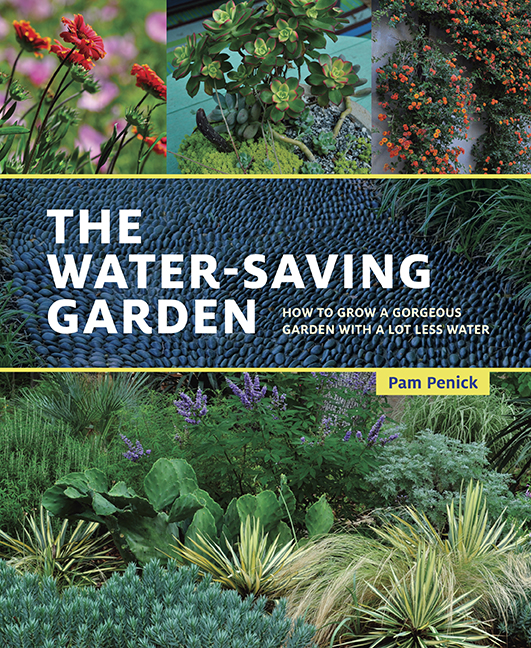
Penick, a blogger and author who gardens in Austin, has traveled extensively to learn about drought-tolerant techniques and styles across the country.
According to Penick, there is no single “right way” to plant a garden that saves water. Her focus is on planting thoughtfully, using drought-tolerant plants, grouping plants by water needs, and making the most of the natural rain you have in your garden.
Penick believes the most difficult aspect of promoting water-saving techniques is changing public opinion.
“The biggest challenge is changing people’s ideas of what a water-saving garden looks like,” said Penick. “People who’ve always gardened a certain way can be resistant to change, and they may have the idea that a water-saving garden is filled with cactus and rock, and they don’t like that look. I want to show that water-thrifty gardens can be just as beautiful as water-hogging ones, so that it doesn’t feel like a sacrifice, however virtuous, to make one.”
The book centers around Penick’s objective to “hold that liquid gold.” Viewing rainwater as something precious to be saved, stored or redirected, it includes detailed information about the use of rainwater barrels, cisterns, dry creeks, terraces and rain gardens.
The book also outlines the practical aspects of healthy soil, use of mulch and efficient irrigation.
Penick focuses on how to use the right plants and create ripple-zones in your garden to group plants by water needs. This will allow you to keep the thirstiest plant close to your house where you can water them more easily, and perhaps design the farthest ripple to be a more natural, non-irrigated area if your yard is large.
What makes this book stand out is Penick’s designer’s eye. It is filled to the brim with wonderful color photographs of water-saving gardens in every imaginable style. Gardeners will find plenty of inspiration to transform their own gardens.
Chapters focus on attractive shading options, permeable patios and paths, container gardens and water features. She even includes an inspirational chapter on water-evoking plants, highlighting ways to design the look and feel of water into your garden with “cascading or fountain-like form, or through color that, when massed, brings to mind a river or a pool.”
The book is capped off with a final section with 101 plant recommendations for water-saving gardens.
Penick says her inspiration for the book was practical, “I’ve always been interested in low-water gardens because I’m an inherently lazy gardener. I don’t like to have to stand out in the garden every day watering thirsty plants. Plus, we live where drought and watering restrictions are facts of life, and I want a garden that looks good with minimal babying with the hose. Other regions of the country are facing the same pressures, plus people are more interested than ever in living sustainably, so I wrote the book to share water-saving inspiration and techniques and to show that it’s possible to have a beautiful garden without having to pour water on it every day.”
Local Landscape Designer and Garden Coach, Diana Kirby, provides landscaping tips on Facebook at Diana’s Designs, at www.dianasdesignsaustin.com and writes a garden blog at www.dianasdesignsaustin.com.


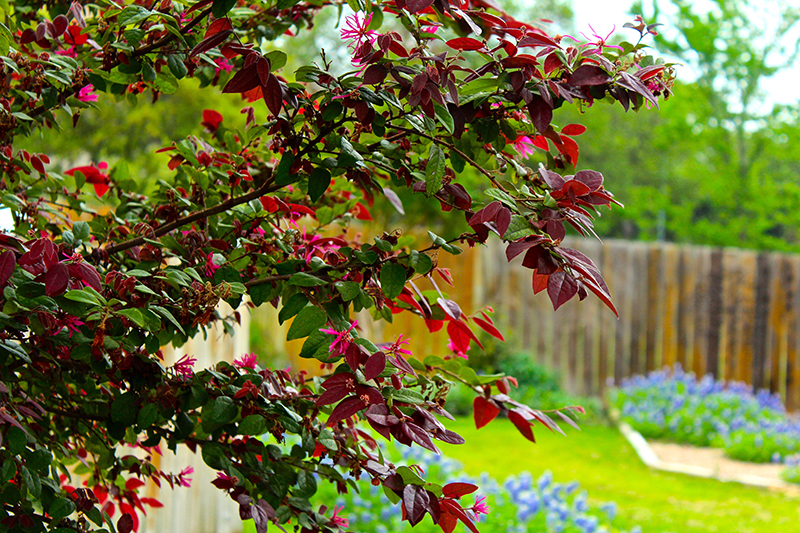
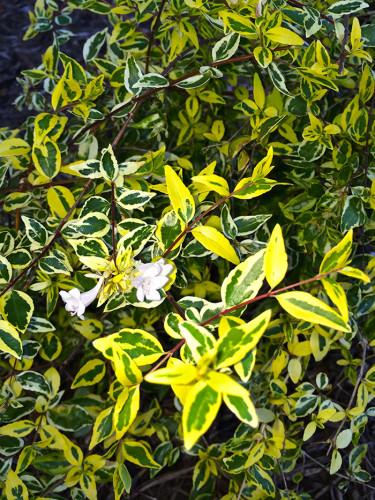 ke people, develop issues as they age. Many shrubs tend to get leggy, with little or no foliage on the lower branches – caused, among other things, by poor pruning or a lack of sunlight from above. Overgrown shrubs are a common problem faced by homeowners. Homebuilders often plant large, fast-growing shrubs in very small spaces along walkways and under windows. When the plants outgrow the space in a few short years, these colossal shrubs can obscure the beauty of the house, leaving homeowners to fight their way into their own house with a machete. Sometimes it’s just time to put them out of their misery.
ke people, develop issues as they age. Many shrubs tend to get leggy, with little or no foliage on the lower branches – caused, among other things, by poor pruning or a lack of sunlight from above. Overgrown shrubs are a common problem faced by homeowners. Homebuilders often plant large, fast-growing shrubs in very small spaces along walkways and under windows. When the plants outgrow the space in a few short years, these colossal shrubs can obscure the beauty of the house, leaving homeowners to fight their way into their own house with a machete. Sometimes it’s just time to put them out of their misery.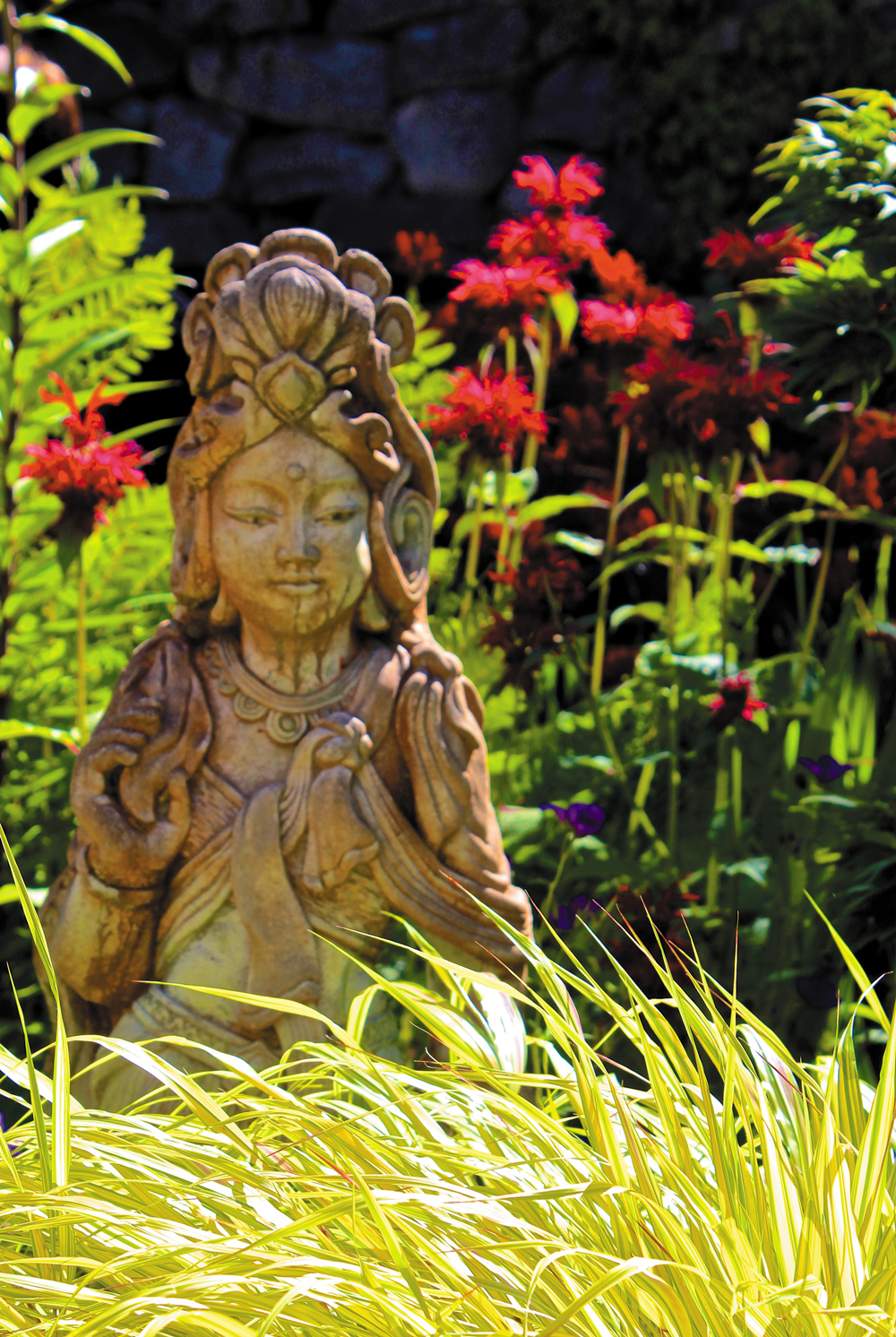 Gardens inspire us, they provide spaces for family and friends to gather, and they ARE the proven curb appeal icing that raises our property values.
Gardens inspire us, they provide spaces for family and friends to gather, and they ARE the proven curb appeal icing that raises our property values.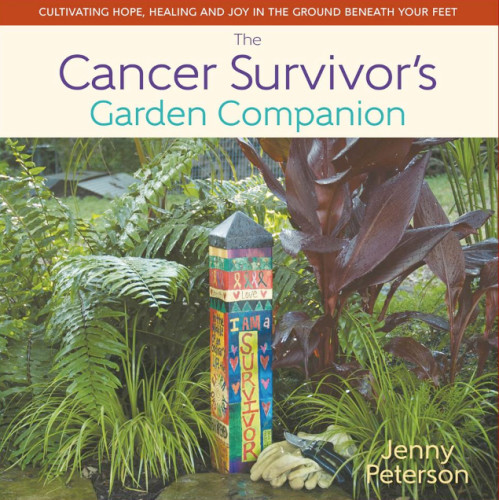 My fellow friend and gardener, Jenny Peterson, a cancer survivor, recently wrote a book chronicling her journey back from illness, highlighting how her connection with gardening helped her through tough times. In The Cancer Survivor’s Garden Companion, she credits her garden with clearing the mental fog of “chemo brain’ and helping her overcome pain, depression and physical limitations.
My fellow friend and gardener, Jenny Peterson, a cancer survivor, recently wrote a book chronicling her journey back from illness, highlighting how her connection with gardening helped her through tough times. In The Cancer Survivor’s Garden Companion, she credits her garden with clearing the mental fog of “chemo brain’ and helping her overcome pain, depression and physical limitations.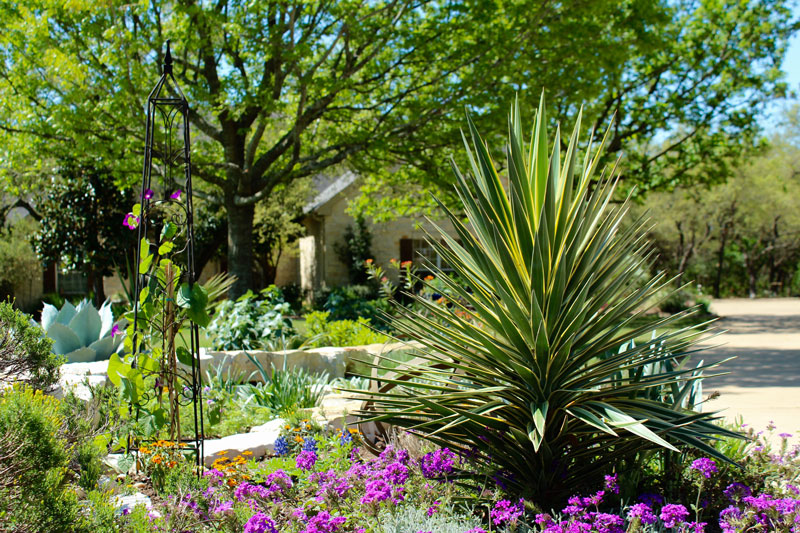
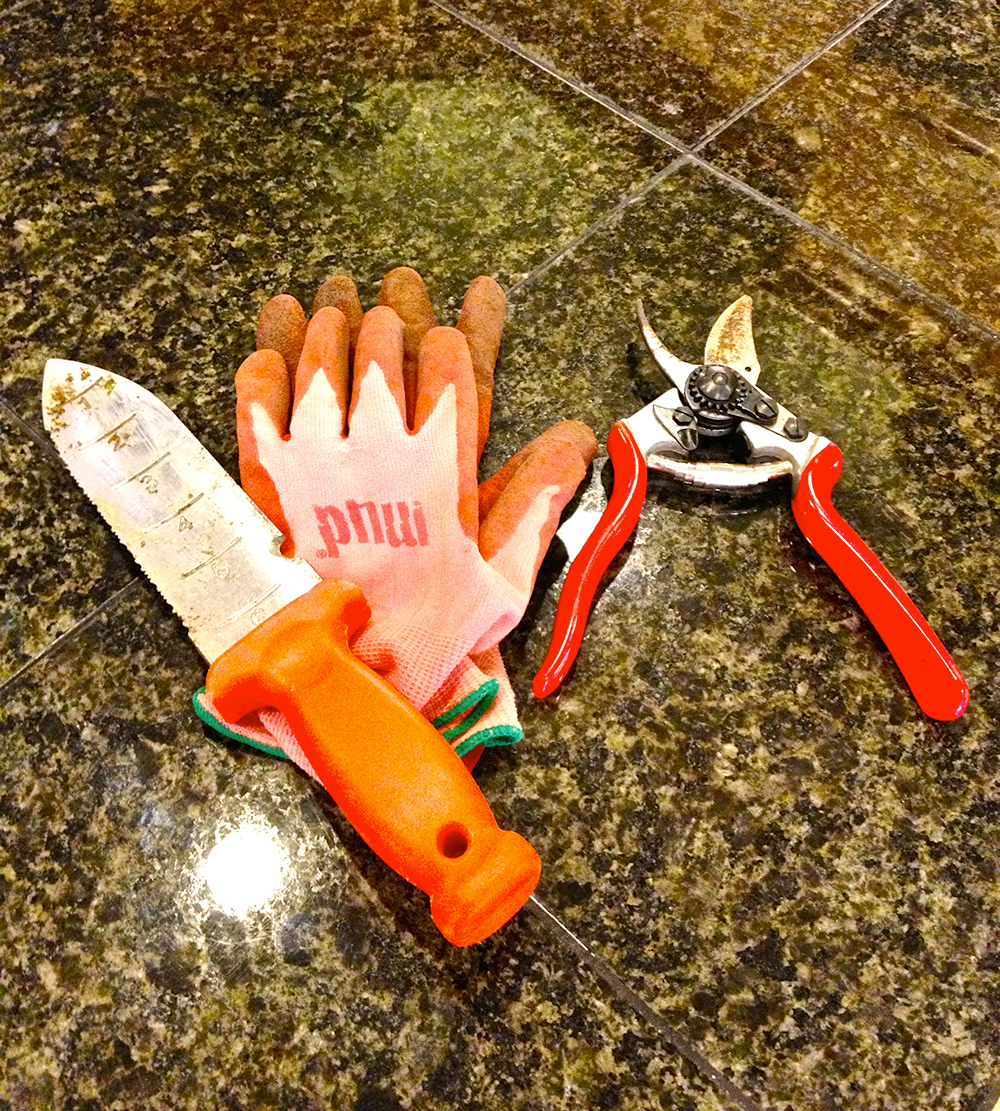 For cold climate gardeners, now is the time to bring in tender plants, clean and put away the tools, and curl up with seed catalogs to wait for spring. Here in Central Texas, where we garden and use our tools most of the year, tool maintenance should be a regular practice.
For cold climate gardeners, now is the time to bring in tender plants, clean and put away the tools, and curl up with seed catalogs to wait for spring. Here in Central Texas, where we garden and use our tools most of the year, tool maintenance should be a regular practice.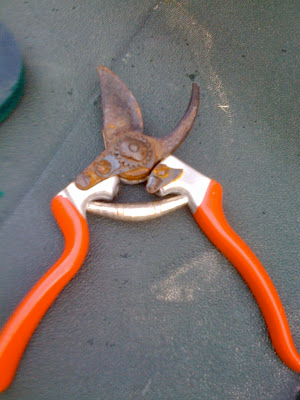 Taking care of your tools makes gardening easier. Rust-free pruners cut more easily and don’t crush and damage tender plant stems. Sharp shovels and hoes require less effort to push into the ground. A little linseed oil will go a long way to lessen the amount of elbow grease your need to accomplish your gardening chores. And if you’ve priced good bypass pruners lately, giving tools a longer life means more money for plants.
Taking care of your tools makes gardening easier. Rust-free pruners cut more easily and don’t crush and damage tender plant stems. Sharp shovels and hoes require less effort to push into the ground. A little linseed oil will go a long way to lessen the amount of elbow grease your need to accomplish your gardening chores. And if you’ve priced good bypass pruners lately, giving tools a longer life means more money for plants.